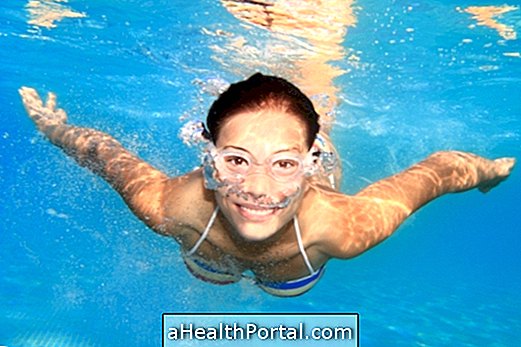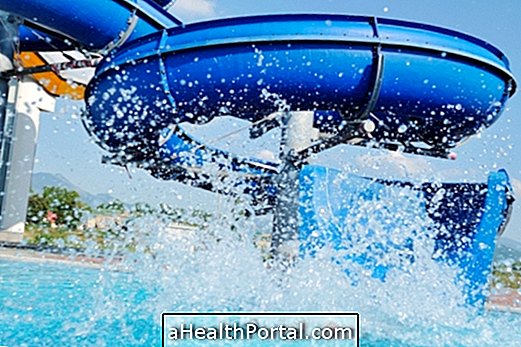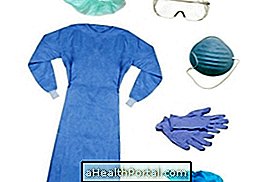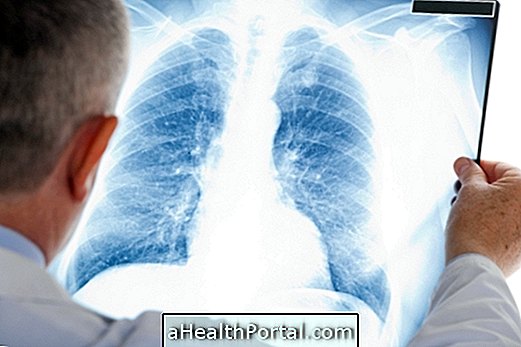Naegleria fowleri is a parasite that lives in warm waters, which can enter the body through the nose. What often happens is that water is forced into the nose and the parasite finds its way into the brain and destroys brain tissue, causing symptoms such as loss of appetite, headache, vomiting, fever and hallucinations.
This is a rare and quite deadly infection, as an adequate and specific treatment to eliminate this parasite and to effectively treat the infection is not yet available. This parasite can be found in untreated hot water regions such as swimming pools, spas, wells or hot springs, for example.

Main symptoms
Symptoms usually appear 15 days after Naegleria fowleri infection and may include:
- Loss of appetite;
- Headache;
- Vomiting;
- Fever;
- Hallucinations;
- Blurry vision;
- Changes in mental state.
When the symptoms begin to appear, they can be easily confused with those of bacterial meningitis, but when the infection is in a more advanced state can cause convulsions or even coma.
How is the diagnosis and treatment made?
This infection can be treated using a remedy to treat tropical parasitic diseases like leishmaniasis called Miltefosine, which may help in the treatment of infection. A specific and appropriate treatment to eliminate this parasite is not yet available, and when the first symptoms appear, hospitalization is necessary.
The diagnosis of the infection may take some time, and it is necessary to perform several tests, since it can be difficult to identify the parasite.
How does this parasite get caught?
Infections with this parasite occur when it enters the body through the nose, and therefore these infections arise especially when practicing water sports such as diving, skiing or surfing for example in contaminated water.
In these cases, what happens is that water is forced into the nose and the parasite finds its way into the brain.

How to avoid infection
In most cases, these parasites can be found in hot water regions such as:
- Lakes, ponds, rivers or mud puddles with hot water;
- Untreated pools or spas;
- Untreated water wells or untreated municipal waters;
- Thermal sources or sources of geothermal water;
- Aquariums.
Although dangerous, this parasite can be easily eliminated from swimming pools or spas with adequate water treatments.
This is considered a rare infection and to avoid catching this infection, you should avoid bathing in untreated water. In addition, this is an infection that is not contagious, and therefore is not transmitted from person to person.





















